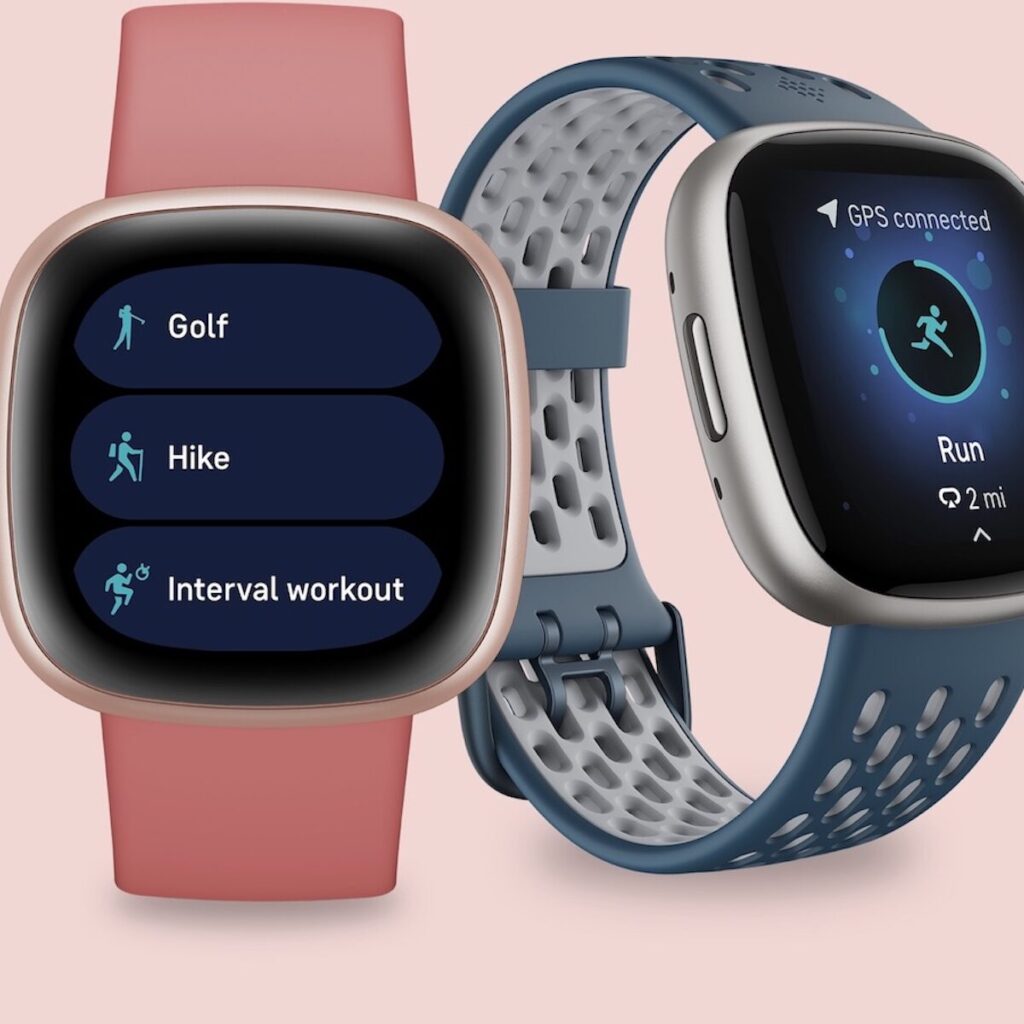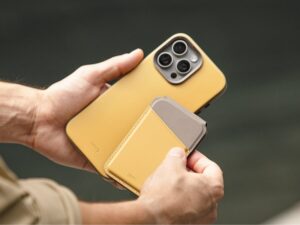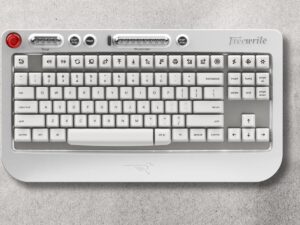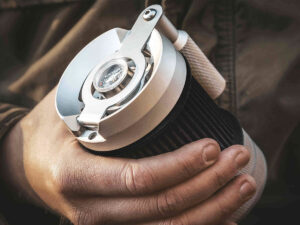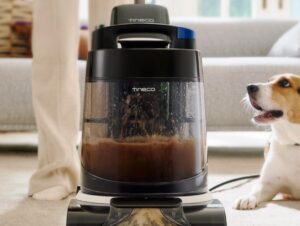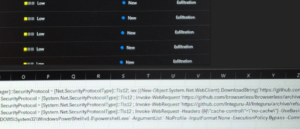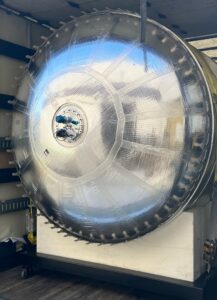I’ll admit it—I’m a sucker for a good smartwatch. When Fitbit dropped the Sense 2 and Versa 4, I knew I had to get my hands on both. After all, if I’m strapping something to my wrist 24/7, it better..
[[{“value”:”
I’ll admit it—I’m a sucker for a good smartwatch. When Fitbit dropped the Sense 2 and Versa 4, I knew I had to get my hands on both. After all, if I’m strapping something to my wrist 24/7, it better do more than just tell the time. I need a device that keeps up with my workouts, tracks my sleep (or lack thereof), and maybe, just maybe, helps me manage stress without throwing my phone across the room.
So, after spending some quality time with both, here’s my completely honest, slightly opinionated take on the Fitbit Sense 2 and Versa 4. Which one’s the better fit for your life? Let’s dive in.
Fitbit Sense 2 Product Demo
Design & Comfort: The Little Things Matter
Both the Sense 2 and Versa 4 got a sleek, lightweight makeover, and I have to say, Fitbit nailed the design. They’re thinner, lighter, and—thankfully—ditched that finicky haptic button from previous models in favor of a good ol’ physical button (welcome back, we missed you!).
If you’re all about the aesthetics, both watches come in stylish colors. The Sense 2 in Lunar White and Shadow Grey is giving modern minimalism, while the Versa 4 in Waterfall Blue and Copper Rose is a bit more playful. Plus, Fitbit’s new lineup of leather, sport, and woven bands means you can easily dress them up or down.
My Two Cents
Sense 2 feels a bit more premium with its muted, modern colors (Lunar White & Shadow Grey).
Versa 4 brings the fun with brighter shades like Waterfall Blue & Copper Rose.
Swappable bands = style for days.
Fitness Tracking: Versa 4’s Playground
If fitness is your main game, Versa 4 is going to be your best buddy. It comes loaded with over 40 workout modes—double the previous Versa! Whether you’re into HIIT, weightlifting, or something niche like kayaking, it’s all there, tracked in real-time. Built-in GPS means you can head outside for a run without carrying your phone (which, let’s be honest, is a win).
And the Daily Readiness Score? Huge fan. It takes into account your sleep, activity, and heart rate variability to tell you if today’s the day for an intense workout or if your body is basically begging for a nap. (Spoiler alert: mine usually is.)
My Two Cents
More workouts than I’ll ever do (but hey, options are nice).
GPS without my phone? Yes, please.
Daily Readiness Score that sometimes says, “Maybe don’t run today” = my kind of honesty.
Health & Wellness: Sense 2 Takes the Crown
If you’re after more than just fitness tracking—say, a device that helps with stress and holistic health—the Sense 2 is where it’s at. Fitbit went all in on stress management, introducing a continuous electrodermal activity (cEDA) sensor. Translation? It constantly monitors your stress levels and nudges you to breathe, reflect, or maybe just put your phone down for a second.
Sense 2 also comes with the ECG app, SpO2 monitoring, and skin temperature tracking, making it a mini health lab on your wrist. If you love tracking every little detail about your body, this one’s a no-brainer.
My Two Cents
Tracks stress like a wellness coach that actually cares.
ECG, SpO2, and skin temperature tracking—basically a mini health lab on your wrist.
Great if you love data. Less great if you don’t want a watch telling you you’re stressed.
Fitbit Sense 2 in use
Sleep Tracking: A Tie (But a Good One!)
Both watches excel in sleep tracking. Fitbit’s Sleep Profile uses 10 different metrics to analyze your sleep patterns and even assigns you a “sleep animal.” (Apparently, I’m a restless parrot, which, considering my 2 AM Netflix habits, is fair.)
Sense 2 gives you a slight edge with its stress management features, but if you’re just looking for solid sleep insights, either watch will do the trick.
My Two Cents
Great insights into sleep cycles.
Sense 2 has a slight edge with stress-related sleep tracking.
My bedtime routine? Still non-existent.
Smart Features: Good, but Could Be Better
Both watches come with Google Maps and Google Wallet (finally!), but here’s the kicker—no third-party app support. That means no Spotify, no Strava, no Starbucks app for your post-run caffeine fix. If you’re used to using those apps on other smartwatches, this might be a dealbreaker.
Android users do get smart replies for texts, which is great. iPhone users? Well…you can still read your notifications, so there’s that.
My Two Cents
Google Maps & Wallet = useful.
No third-party apps? Why, Fitbit, why?
iPhone users get the short end of the stick (again).
Fitbit Versa 2 in use
Battery Life: The Marathoner’s Dream
Both watches boast a solid 6+ days of battery life. And if you’re in a pinch, just 12 minutes of charging gives you a full day’s worth of juice. Compared to an Apple Watch, which practically begs for a charge every night, this is a huge win.
My Two Cents
A whole week without charging? YES.
Fast charging that actually works.
My charging anxiety has left the chat.
Fitbit Versa 4 product demo
The Verdict: Which One’s for You?
So, here’s the deal—
Pick the Versa 4 if you’re all about fitness tracking, want tons of workout modes, and don’t need the extra stress and health sensors.
Pick the Sense 2 if you’re interested in holistic health tracking, stress management, and more advanced wellness insights.
At the end of the day, both watches are solid choices. If you want a smartwatch that acts like a personal trainer, Versa 4 is the way to go. If you want something more like a personal wellness coach, Sense 2 is your match.
Me? I’m still torn. But hey, at least I’m getting my steps in while I decide.
“}]]

